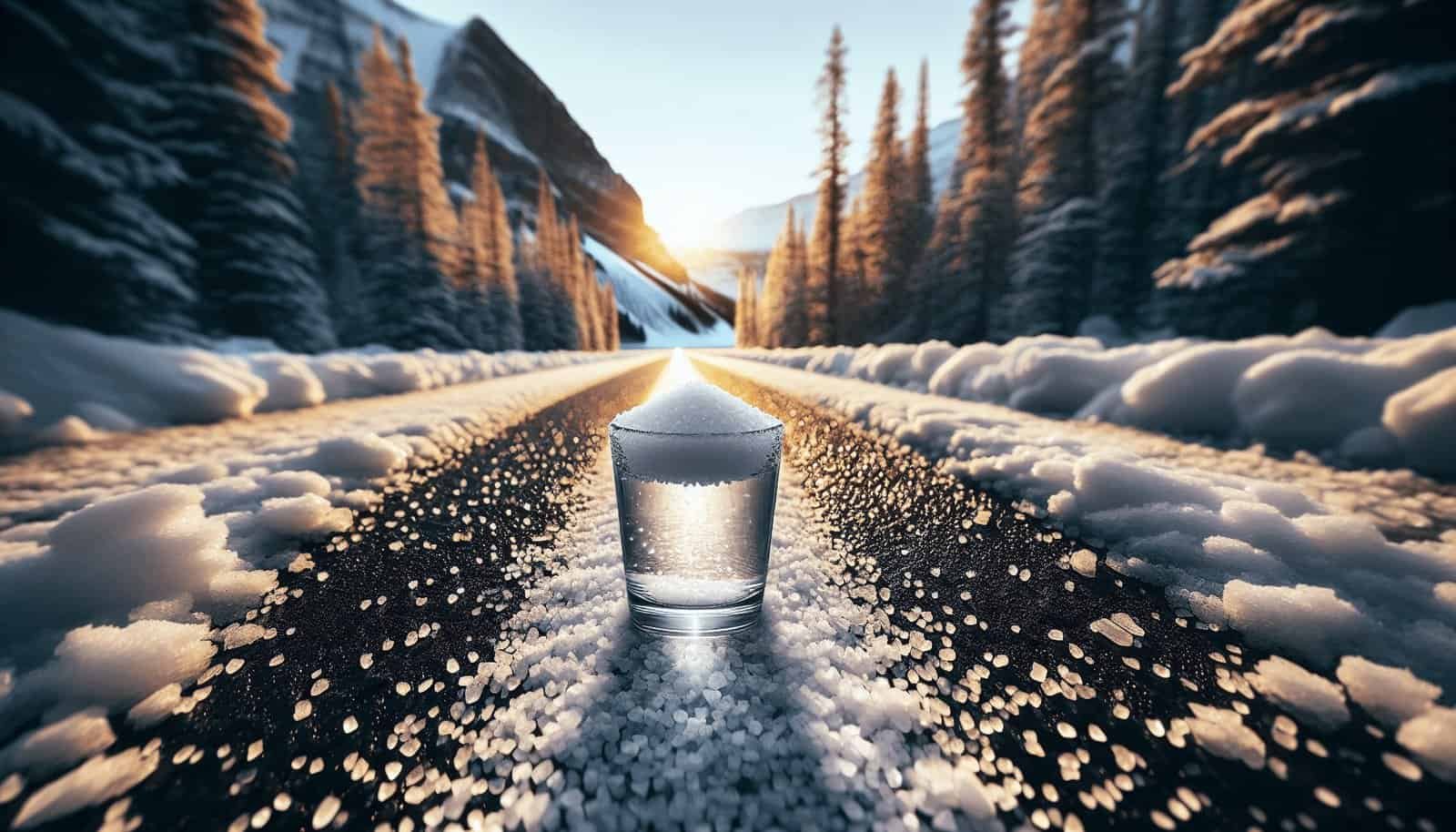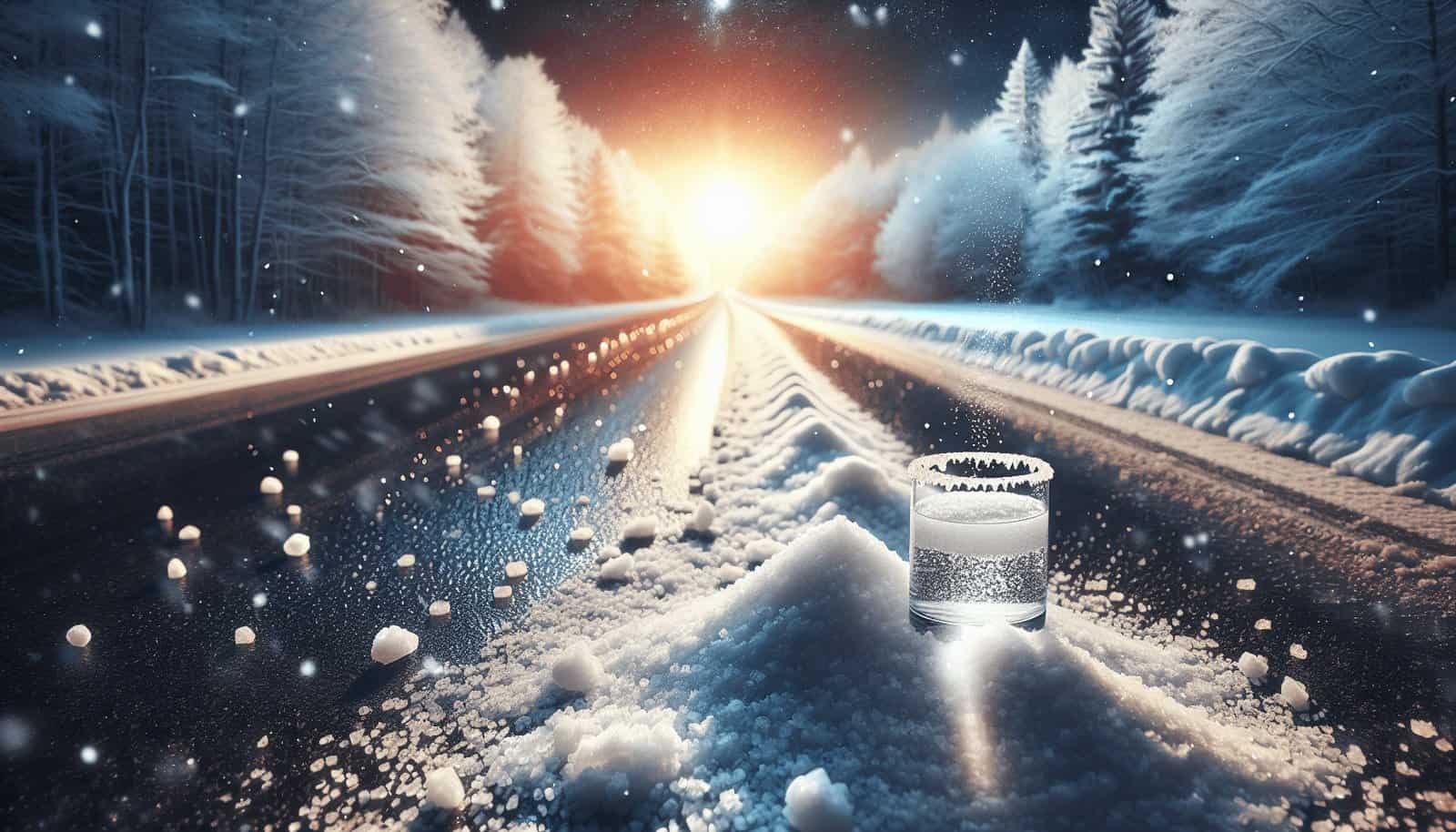Have you ever wondered how road salt might affect the water quality of your well? If you rely on well water for your home, it’s essential to consider possible contaminants that could impact its safety. While road salt plays a crucial role in winter road safety, binding to snow and ice to keep them from melting and refreezing, it can also pose challenges when it comes to water quality—especially for private wells. This article will guide you through understanding how road salt can impact your well water and provide practical steps to protect and future-proof your well against contamination.

The Role of Road Salt in Winter
Understanding the purpose of road salt helps set the stage for discussing its impact on the environment. During winter, the accumulation of snow and ice can make roads quite dangerous. This is where road salt becomes a key player in enhancing road safety. When roads are treated with salt, it lowers the freezing point of water, causing ice and snow to melt faster, thereby reducing accidents and improving transit conditions.
How Road Salt Works
Most commonly, road salt is comprised of sodium chloride, similar to the salt you use in your kitchen. When applied to icy surfaces, it helps to lower the melting point of ice by dissolving in the thin layer of water that’s always present on the ice’s surface. This generates a brine solution, preventing further ice formation and making surfaces safer for travel.
Other Types of De-icing Agents
Besides sodium chloride, other de-icing agents such as calcium chloride, magnesium chloride, and potassium acetate are used, especially in extreme cold where sodium chloride becomes less effective. Each type has its own set of pros and cons, particularly when it comes to environmental impacts.
| De-icing Agent | Melting Point Efficiency | Environmental Concerns |
|---|---|---|
| Sodium Chloride | Moderate | Can increase soil sodium levels. |
| Calcium Chloride | High | Generates heat as it dissolves. |
| Magnesium Chloride | Moderate-High | Less harmful to plants than sodium chloride. |
| Potassium Acetate | High | More expensive, less corrosive. |
Road Salt and the Environment
While road salt is effective for de-icing, it has a downside. It can lead to various ecological issues. Large amounts of salt, for example, can harm plants, soil, and aquatic ecosystems. Excessive salinity levels cause cells to lose water, leading to dehydration and damage.
Effects on Soil and Vegetation
Salt can dehydrate and destroy plant cells, which disrupts the natural nutrient balance in the soil. Over time, increased sodium content from road salt can make the soil less fertile, affecting plant growth and impacting local agriculture.
Impact on Aquatic Systems
When road salt dissolves, it eventually finds its way into nearby rivers, lakes, and other bodies of water. Elevated chloride levels can disrupt aquatic habitats, affecting fish species and other marine life. Furthermore, high salt concentrations may change the density of water layers, disrupting thermal stratification and oxygen levels.

How Road Salt Reaches Your Well Water
Understanding how road salt can penetrate your water supply requires a look at the hydrological cycle. When road salt contaminates the environment, it often runs off into surface water or infiltrates the ground. As it moves with groundwater, there’s a risk it might end up in private wells, especially those situated close to roadways.
Salt Leaching and Runoff
Leaching occurs when dissolved salt is transported through soil layers, while runoff happens when it flows over the ground’s surface. Both mechanisms increase the risk of salt entering groundwater sources, potentially reaching your well.
Conditions That Enable Salt Contamination
Several factors influence the likelihood of road salt contaminating well water. These include well proximity to roadways, soil permeability, and the natural topography of an area. Homes situated downhill from treated areas are particularly vulnerable, as water follows gravity’s path.

Signs that Road Salt Might Have Contaminated Your Well
If you’re relying on well water, it’s crucial to know how to identify signs of possible contamination. There are subtle indicators that can suggest road salt is affecting your well water quality.
Sensory Detection
You might observe a saline taste or smell in your water, often resembling that of a swimming pool or packaged saline. A salty taste should always be a red flag because it suggests elevated chloride or sodium levels.
Testing Your Water
Reliable detection requires laboratory testing. Specialized test kits can evaluate sodium and chloride levels, and it’s advisable to conduct tests periodically, especially if you notice any taste or aesthetic changes.
Health Implications
Higher sodium levels in water pose health risks, especially for individuals with heart conditions or high blood pressure. Pregnant women and infants also require water low in sodium for optimum health.

Steps to Future-proof Your Well Against Contamination
Once you understand the risks, it’s vital to take action in protecting your wellness. Several strategies can help keep your well water safe from road salt and other potential contaminants.
Strategic Well Placement
If you’re installing a new well, select a location that minimizes runoff potential. Place it at a higher elevation and at a safe distance from roadways and other salt application zones.
Well Water Testing and Maintenance
Routine water testing can be your best ally in early detection of contaminants. Regular inspections help find vulnerabilities in your well setup that could lead to contamination.
Landscaping Solutions
You can employ strategic landscaping to redirect runoff away from your well. Establishing natural barriers with vegetation or creating channeling systems helps manage water flow and protects your water source.
Filtering Systems
If contamination is detected, install a water treatment system specifically designed to remove or reduce sodium and chloride levels. Reverse osmosis filters are quite effective in eliminating dissolved salts.
Community and Policy Engagement
Engage with your local community and authority on the responsible use of road salt. Advocating for eco-friendly and controlled usage can have long-term benefits for private water sources.

Conclusion: Stay Informed and Proactive
Navigating the complexities of road salt contamination requires awareness and vigilance. It’s about more than safeguarding your well; it’s about preserving your family’s health and playing a part in protecting your community’s resources. Remember, your well-being relies on the quality of your water. Take these embryonic steps to ensure a safer, uncontaminated supply—and remember, ongoing maintenance and community effort can make a significant difference.
Understanding the impact of road salt on well water and knowing how to guard against it allows you to approach winter months with greater confidence. By being proactive, you can protect your water and enjoy peace of mind knowing that your household will thrive with safe, high-quality water.
